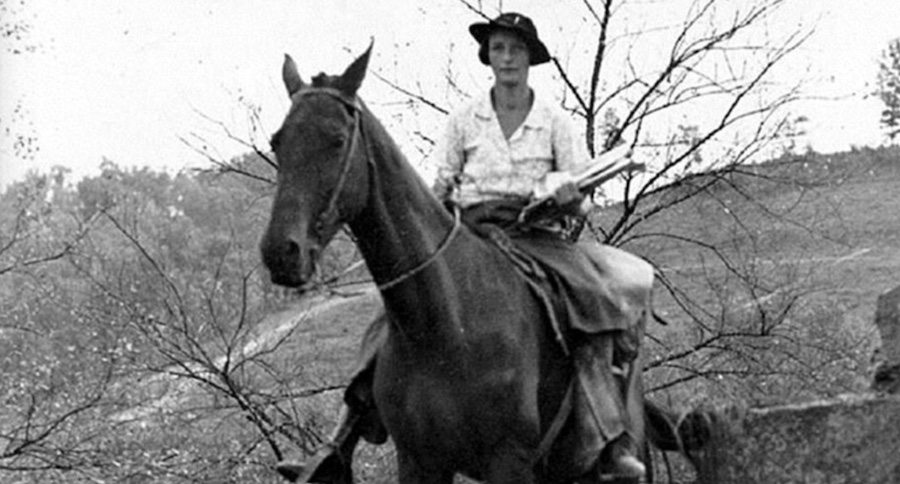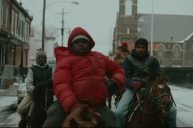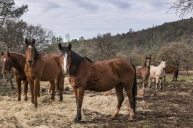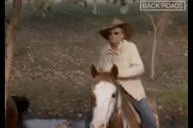Librarians once traveled the countryside on horseback. It may sound far fetched, but it's true. During the Great Depression, the emphasis on country life would have been more on growing food and saving pennies than reading books. However, instead of sitting behind a library desk, country librarians and their trusty horses traveled the countryside of Kentucky bringing library books to those living in rural areas as part of the New Deal's Pack Horse Library initiative.
The initiative, which was implemented by the Works Progress Administration, was a unique New Deal program that sent librarians with reading materials into the Appalachia area — a 10,000-square-mile area in eastern Kentucky where approximately 31 percent of the residents couldn't read. It was 1930, and historian Donald C. Boyd explained that although residents didn't know how to read, they wanted to learn.
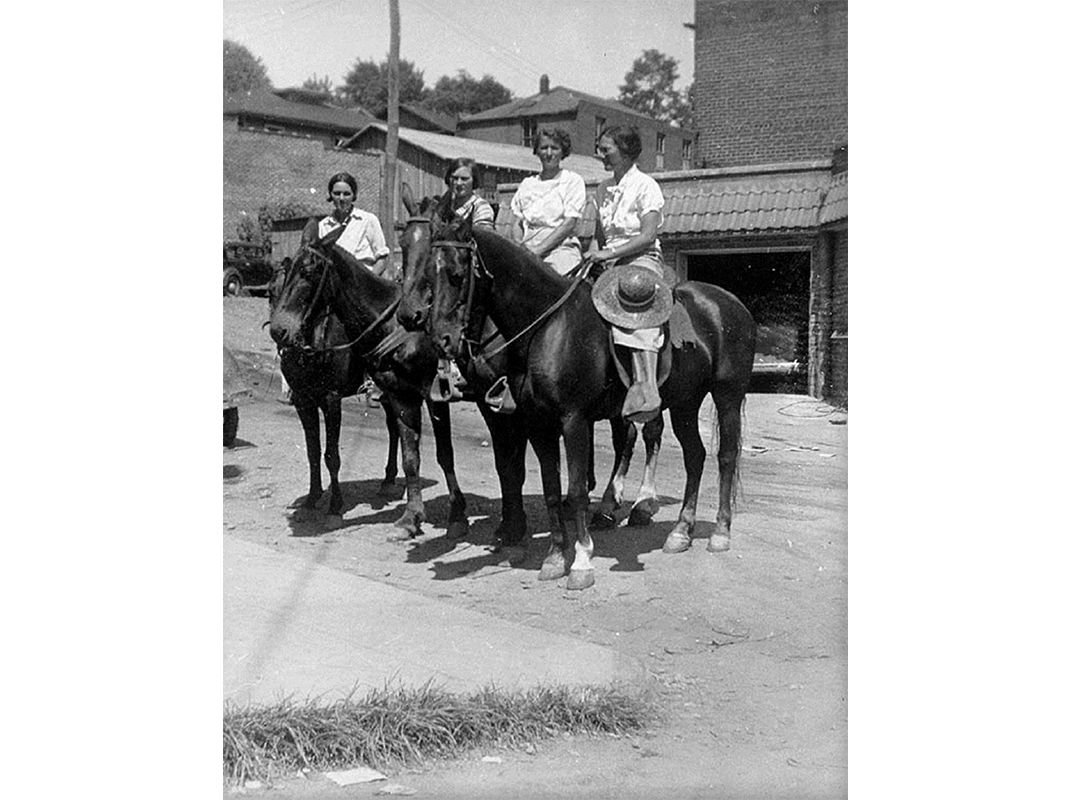
"Workers viewed the sudden economic changes as a threat to their survival and literacy as a means of escape from a vicious economic trap," Boyd wrote.
By 1935, the standard book circulation per capita was was five to 10; in Kentucky, it was only one. Getting books into the remote area was difficult. In 1913, May Stafford raised funds to bring new books by horseback, but after a year, her mission ended. Later, Berea College used a horse-drawn wagon instead. The college's program started in the late teens and ended in 1934.
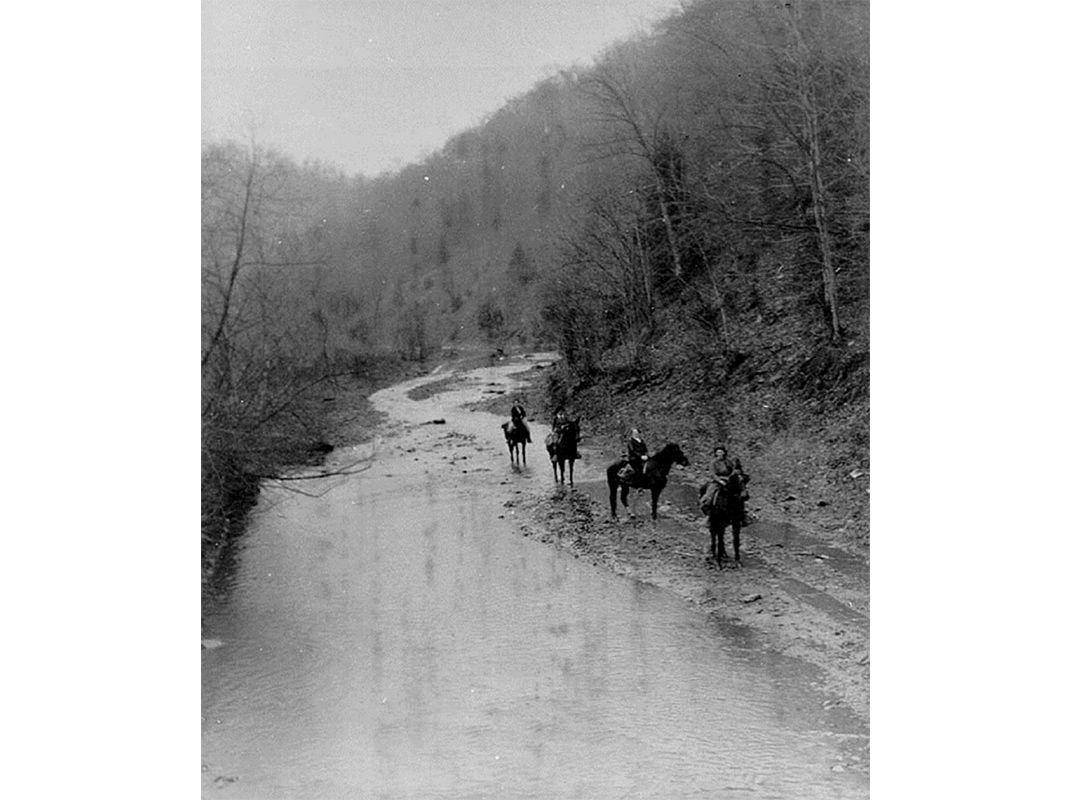
The New Deal project required help from local residents, and whatever facility in the mountain community that was volunteered became the public library. The horse-riding librarians worked like mail carriers, loading up books and moving them from place to place through near-freezing rivers and over the steep Kentucky mountains, traveling between 100 and 120 miles a week, at least twice a month.
There were other difficulties, as well: there was suspicion of outsiders, impassable roads, and even stories of an animal dying on the route and the librarian hiking the rest of the way with the books.
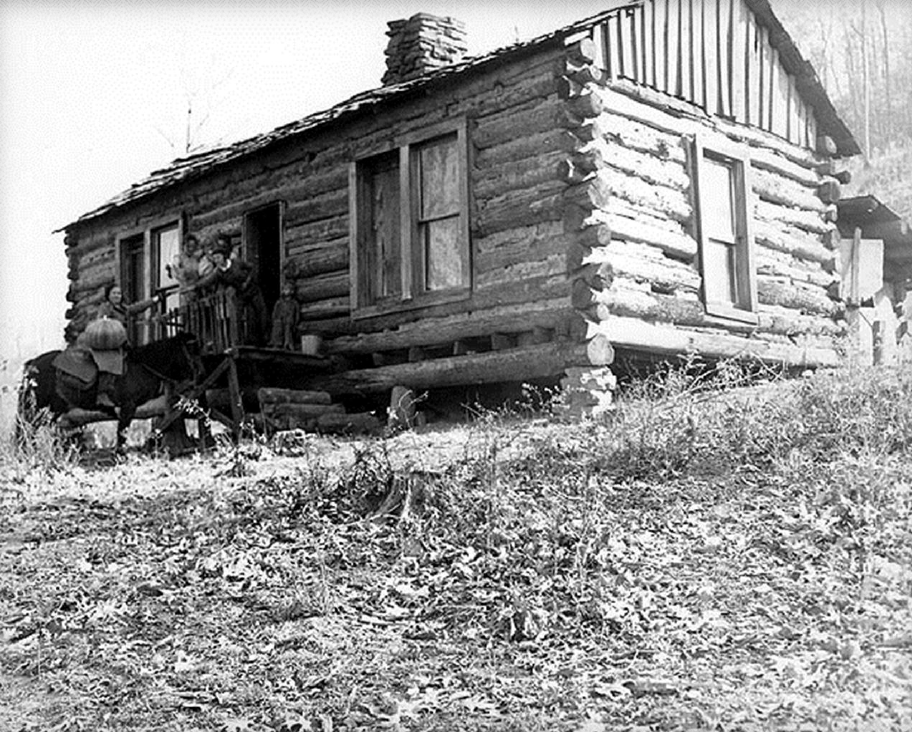
The Pack Horse librarians rode their own horses or mules, or leased animals, and earned $28 a month; that translates to just under $500 now. The books and magazines that made the journey with them were often donated from more affluent Kentucky residents. The librarians brought books to more than 50,000 families in 1936; the following year, 155 public schools benefited from the program, where illustrated children's books, and those by Mark Twain, were the most popular books.
"The mountain people loved Mark Twain. One of the most popular books...was Robinson Crusoe." said Kathi Appelt, author of a book about the Kentucky pack horse librarians co wrote with Jeanne Cannella Schmitzer. They talked about the project in a 2002 radio interview.
The Pack Horse Library program tapered off by the early 1940s. By 1943, President Franklin Roosevelt ended the program in favor of focusing on jobs in America. Motorized bookmobiles took over for the book women in 1946. And in 2014, there were 75 mobile library services still operating in Kentucky.
What do you think of the Great Depression's bookmobiles? Share your thoughts below!
All images part of the Goodman-Paxton Photographic Collection in the Kentucky Digital Library via Smithsonian Magazine.
WATCH NOW: The Lollipop Was Named After a Racehorse
